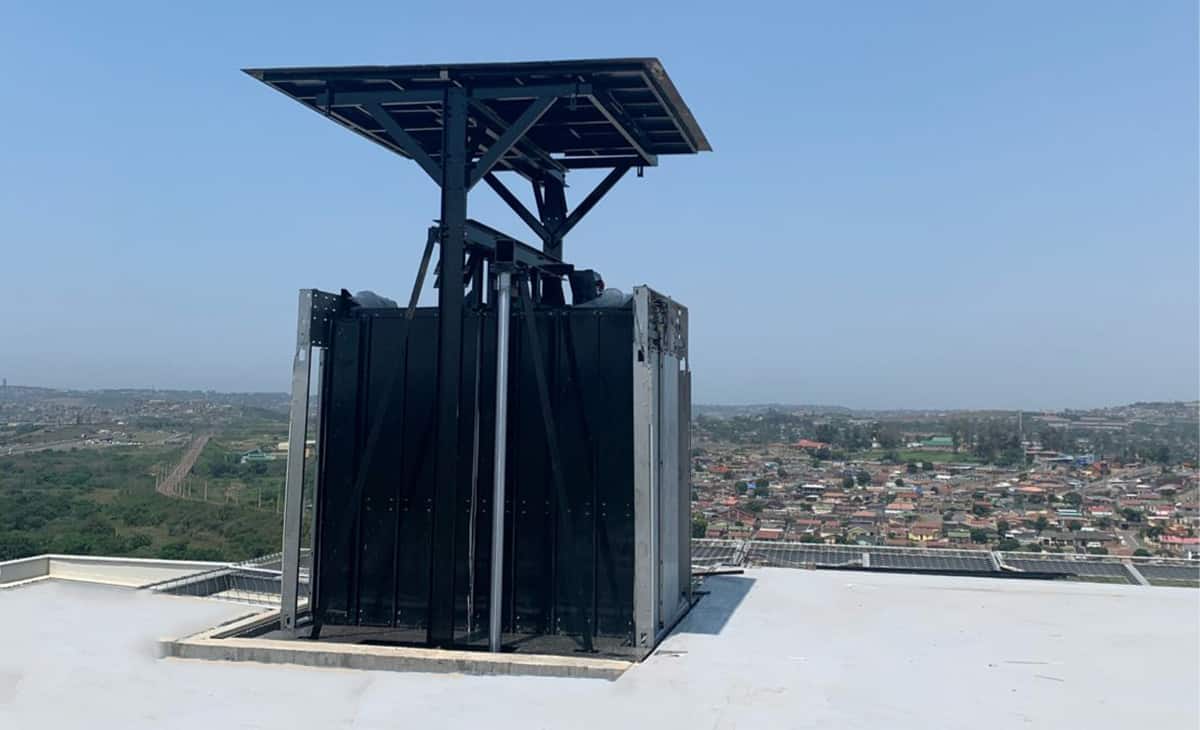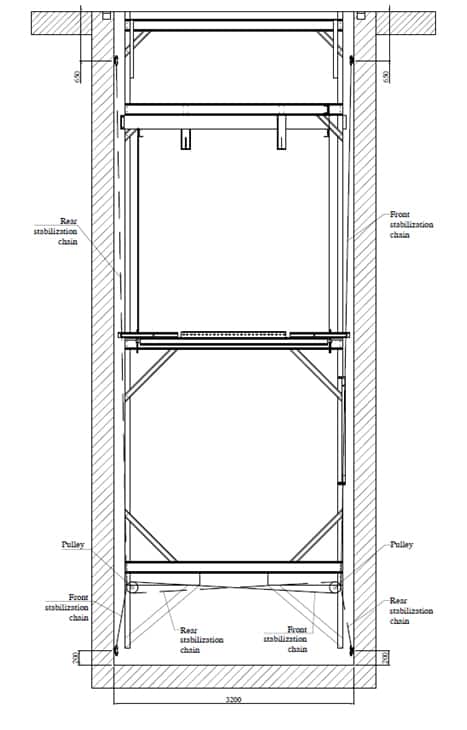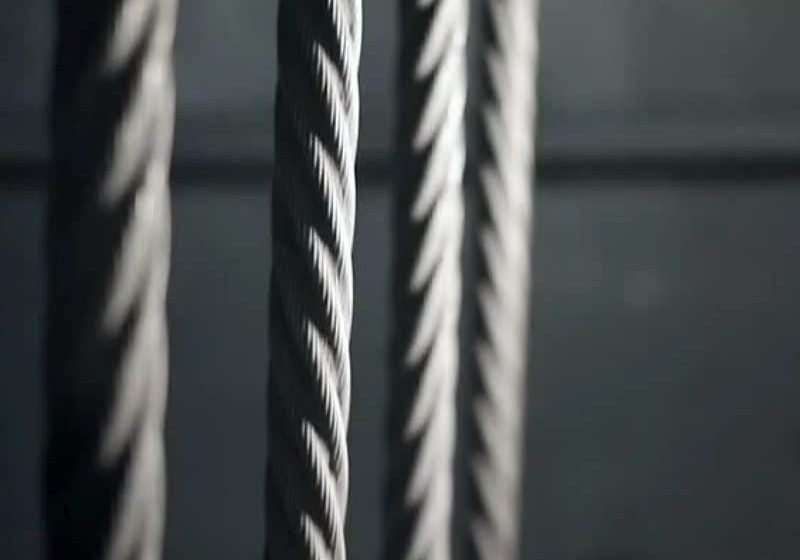Helipad Lift Helps South African Hospital
Sep 1, 2021

DOPPLER overcomes challenges to install specially designed lift.
A DOPPLER helipad lift was recently installed at Dr Pixley ka-isaka Seme Memorial Hospital in KwaMashu, South Africa. In urban areas, often the best way to access the hospital in an emergency is by helicopter. When transporting a patient, the flexibility a helicopter air ambulance provides can be significant, enabling patients to reach their home hospital as fast as possible. Helicopter air ambulances are often used for short flights since they have the unique ability to land directly on the roofs of hospitals. To ensure the smooth and safe transportation of people for this challenging project, DOPPLER had to comply with certain specifications and design guidelines.
Aviation laws stipulate that nothing can protrude around the helipad area when the helicopter lands. This means that the lift must finish flush with the helipad surface area when not in use, and it must be able to send the cabin up when staff and patients need to use the lift to come down.
This lift was specially designed to transport patients from the helipad to the emergency room under optimal conditions. For this reason, the prevailing environmental conditions of the region were highly taken under consideration. To provide stability and rigidity, the lift was equipped with two pistons that help it reach its highest level and enable it to push the lift cabin outside the brick shaft to the helipad area. In addition, the lift is also fitted with a double “non-sway” chain system that keeps the cabin stable in its highest position, even during high winds.
Another factor that DOPPLER had to deal with was to find a solution to prevent the corrosion caused by the surrounding environment. To withstand the corrosive environment in which it is installed, the lift’s electrical system and electrical boxes are IP-rated. To protect the lift’s steel structure, DOPPLER used a high durable coating system (C5-M).
“Take hospitals as an example” said Martin Jessen, managing director at Jessen Lifts, the company that installed the helipad lift, continuing:
“Their lifts are not standard sizes — they have to accommodate volume and beds; they have to be tough and able to withstand knocks and bumps. Above all, they have to be 100% reliable with as little downtime as possible. Our DOPPLER solution allows us to manufacture lifts to exact sizes, which is particularly useful when it comes to delivering a solution for hospitals. Our installation of a helipad lift at Dr Pixley ka-isaka Seme Memorial Hospital in KwaMashu in KwaZulu- Natal is an example of a lift manufactured by DOPPLER that has some unique features.”
Technology Implemented in Rooftop-Helipad Elevator Specifications
| Stops | 2 |
| Travel | 4250 mm |
| Speed | 0.5 m/s |
| Capacity | 1600 kg |
| Cabin dimensions | W 1400 x D 2530 x H 2520 |
The lift consists of a double heavy-duty frame driven by two direct-acting pistons. The cabin is fixed at the top frame, while the lower part is used to guide the lift when it rises through the roof of the building. The guide rails are installed inside the well under the rooftop of the building, while the well’s opening, when the cabin is at the bottom floor level, is covered by a steel roof. This roof is secured on the lift’s car frame, assuring that the area’s strong winds do not affect its position when it rests on the rooftop or when it is drifted by the lift while rising. In this way, the building’s rooftop has no protrusions or other parts that may be dangerous to a safe helicopter landing or impede any scheduled maintenance works on the rooftop.
The system’s Blain Servo Electronic Valve (SEV) is controlled by closed-loop digital electronics, providing consistent acceleration and deceleration of the hydraulic elevator largely independent of load and oil temperature. An electronic card regulates the performance of the car via variable-flow solenoid valves. The elevator operation can be monitored, recorded and adjusted via a laptop computer either on site or remotely through the modem connection. Optionally, the electronic card can be used to change data. Additional intermediate speeds for maintenance runs can also be programmed.
According to DOPPLER, this project represents the company’s ability to create lifts to specific size and technical requirements.




Get more of Elevator World. Sign up for our free e-newsletter.









